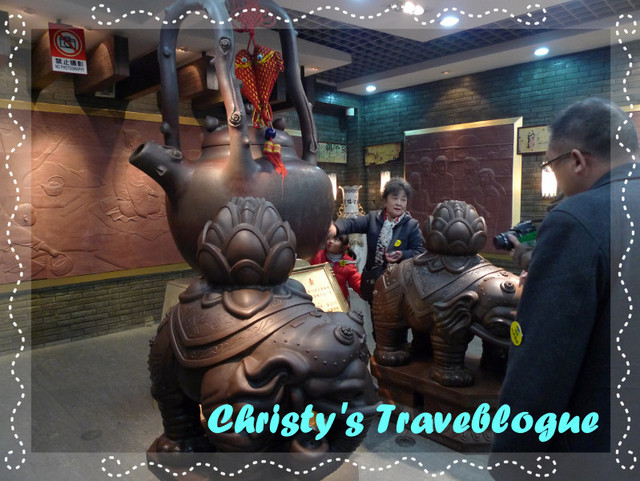
The final destination in Wuxi included in the tour is to a factory producing the famous local product of the state; dark red earthen tea sets.
We were brought on a short briefing and presentation on the interesting facts about the famous product here and the buying tips.
(Of course, the place is also trying to sell us their tea sets, which they used in the demonstration to prove the quality and authenticity, which only tea set lovers would know about).
These tea sets are famous because they were made from the earth collected from the bottom of the mine in Yixing; which has one of the right quality of the earth to make these tea sets.
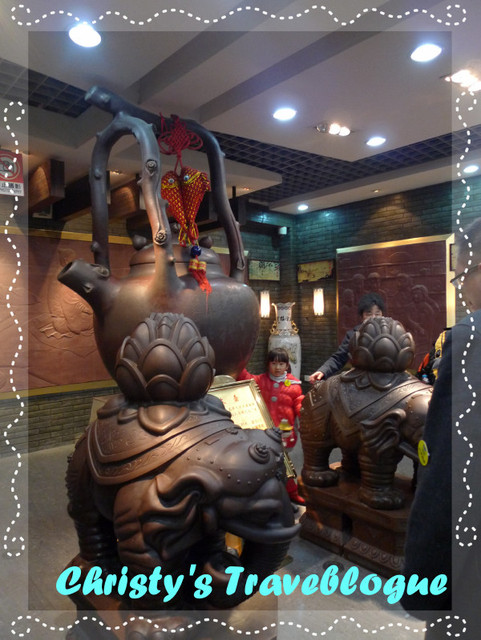
A Yixing tea set, which is made of the earthen clay, is considered to be a valuable addition to a tea set lover. The tea set is said to differ from normal tea sets in a lot of aspects, and the typical buying guide as shared by the experts included the usability and functionality of the teapot.
A genuine teapot made with the earthen clay could make a difference in the tea brewed; and this is especially meant for the brewing of green tea.
A few criteria when selecting a teapot:
1. The type of clay used to make the teapot
2. The physical touch of the surface of the teapot
3. The functionality; which includes the alignment of the spout to the handle, the fitting of the lid into the mouth and the smoothness of flow of the tea through the spout
1st criteria: Type of Clay
There are generally a few types of clay which can be used in making the teapot. The clay used are obtained from the bottom of a mine in Yixing, and generally known as the zisha clay. The colors range from red to yellow, and black and also in hues of rose-brown, light brown, dark brown and purple red-hues.
However, the ones which deserved attention are mainly two; purple clay and red clay.
The purple clay, or zisha, is the more common type due to its versatility. The hardness of this clay produced a lower frequency of the teapot's body, due to its solid iron hardness. Typically this would be used for quick brewing of fermented tea like Oolong.
Usually teapots made of this type of clay would be recommended for one's first tea set.
The red clay, or also known as Hongni/Zhuni, is the higher quality one due to the slightly harder exterior compared to that made of the purple clay. The higher frequency of this type of teapot makes it more suitable for aromatic tea like green tea.
2nd Criteria: Physical touch
Funny as it sounds, the smooth surface of the teapot and the feel of it when one touches the surface also plays a role in determining a good teapot.
The Yixing clay is reputed to be smooth, even if the surface looks a little rough.
If it were to feel rough or sticky at touch, it meant that the kettle was either mass produced (instead of individually crafted) or the clay was not from Yixing and may include other materials in the clay.
3rd Criteria: Functionality of the Teapot
A good teapot should have the spout aligned to the handle of the teapot, as it creates a smooth balance for the pouring of the tea. Also, the lid ought to fit properly instead of being a size smaller or larger and will not fall into the teapot.
Another important thing to check for is when pouring water out of the teapot. A good teapot will not spill, and the flow from the pot to the spout is smooth. Tea leaves should not get in the way or be stuck at the spout. When it comes to pouring from the teapot, of course the handle of the teapot does play a part as it should not be too close to the body of the teapot and one should feel comfortable when holding the handle. It should not be too close and the fingers/hand should feel comfortable and not be burnt by the heat of the teapot, nor is it at an awkward angle.
It is interesting to learn about the types of teapots and also the guide to tell a good teapot.
The main focus of the tea set is on the teapot, as the tea cups are more of the accessories to the entire set and usual ceramic clad cups could be used as well along with this tea set.
Cups are not that important, and could be selected from a variety and they need not match the tea set. Of course, it would be all different to a tea set collector.
There are many more things to learn about a good teapot/set, and I have found the following links to share:
Chinese Tea Set
Practical Tips
We did not buy any, as my father-in-law already own these tea sets; maybe I will share a photo of it in another post sometime.
Pictures of the clay figurines in the exhibition gallery
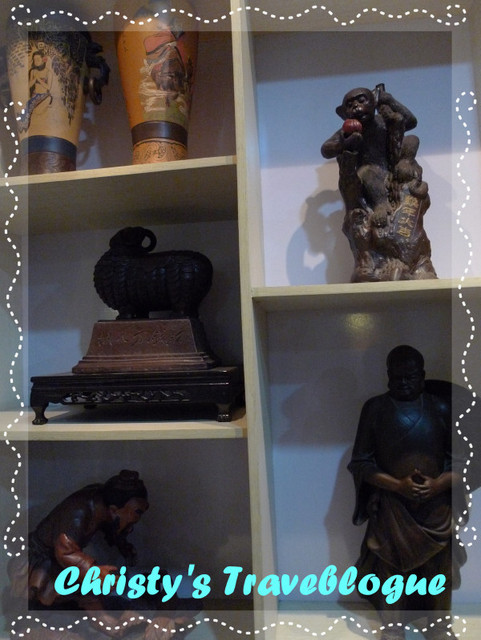
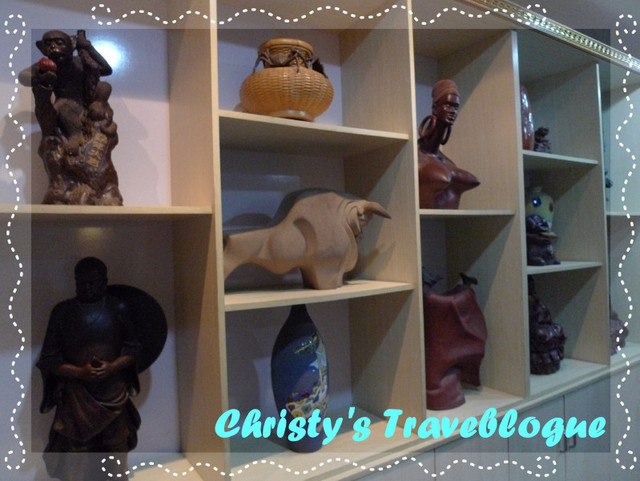
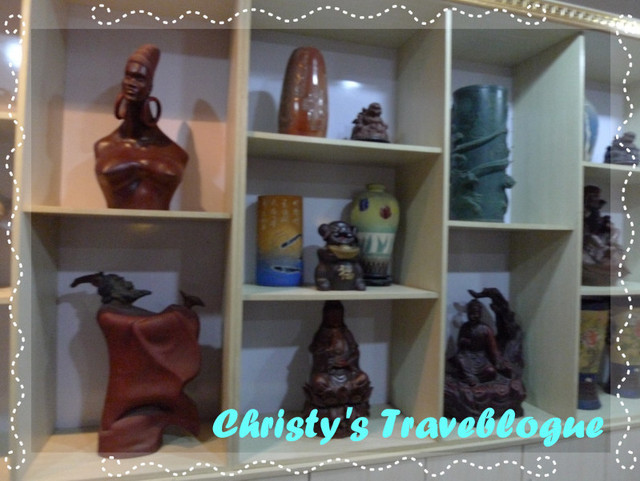
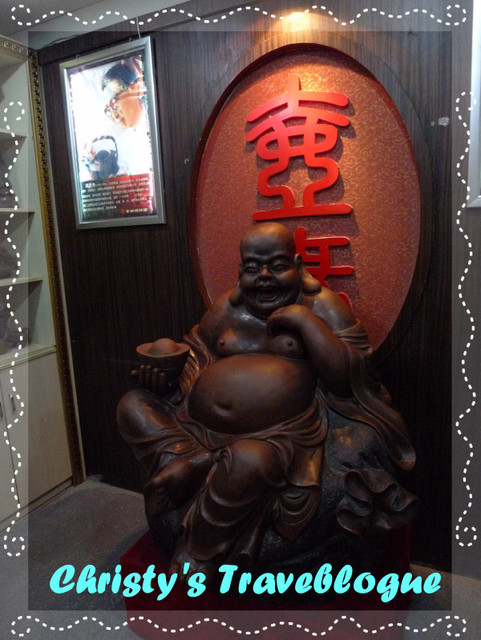
The tour to this place ended our day trip to Wuxi.
To be continued to our next destination...

No comments:
Post a Comment